Just a few months after the AMD Ryzen 7 9800X3D graced us with its presence, the Ryzen 9 9950X3D brings its 3D V-Cache technology to a 16-core, 32-thread gaming processor that's absolutely overkill for most people, but will have no problem keeping up with powerful graphics cards like the Nvidia RTX 5090 or whatever comes next.
However, all of those cores come with a high $699 asking price and a 170W power budget, making this processor hard to recommend to anyone who isn't already building an incredibly powerful (and expensive) gaming PC. For anyone else, the Ryzen 7 9800X3D just makes more sense.
Purchasing Guide
The AMD Ryzen 9 9950X3D becomes available on March 12, starting at a suggested retail price of $699. It's worth noting that AMD's processors can fluctuate in value depending on market demand, so keep an eye on prices.
AMD Ryzen 9 9950X3D – Photos
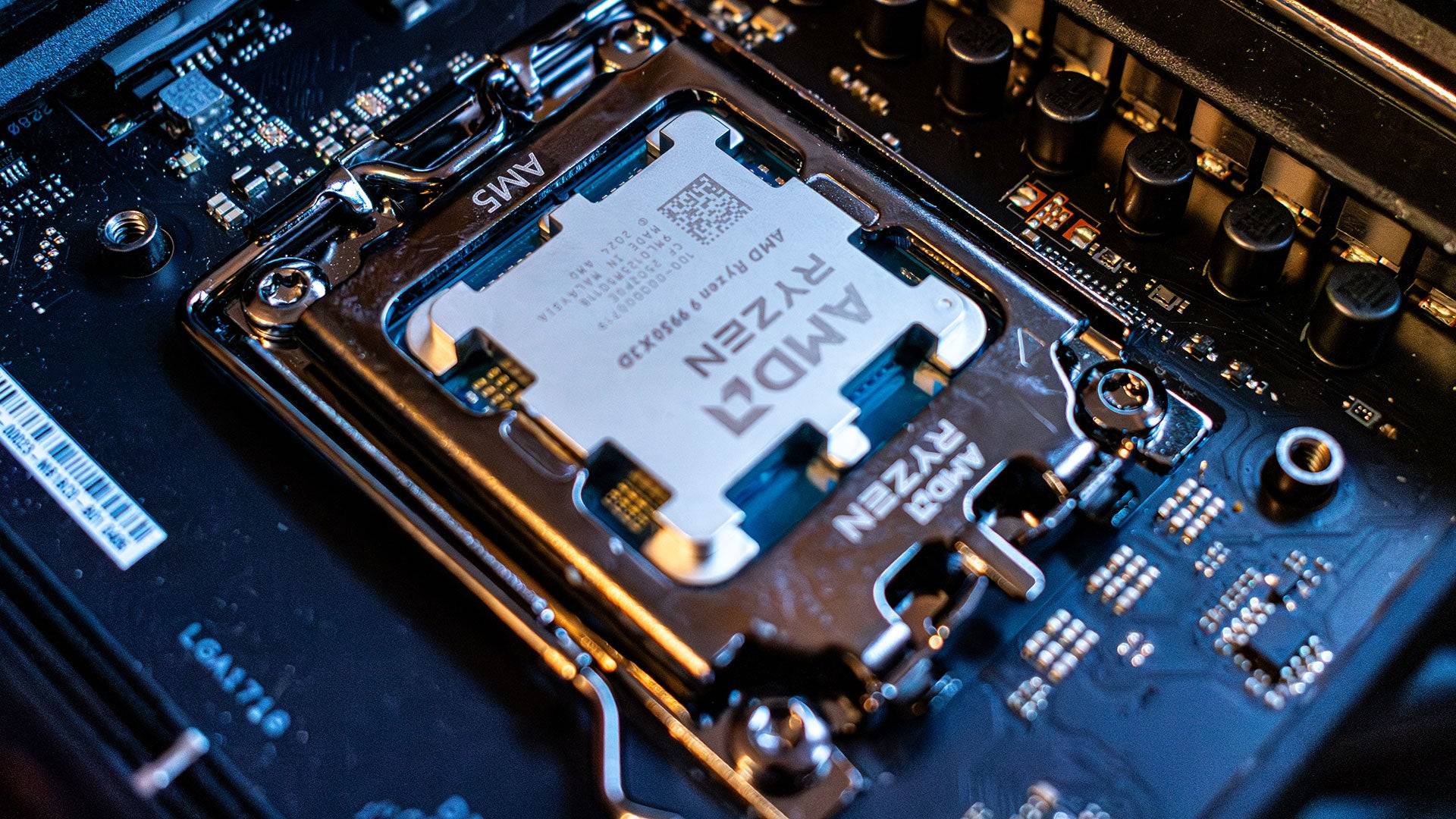
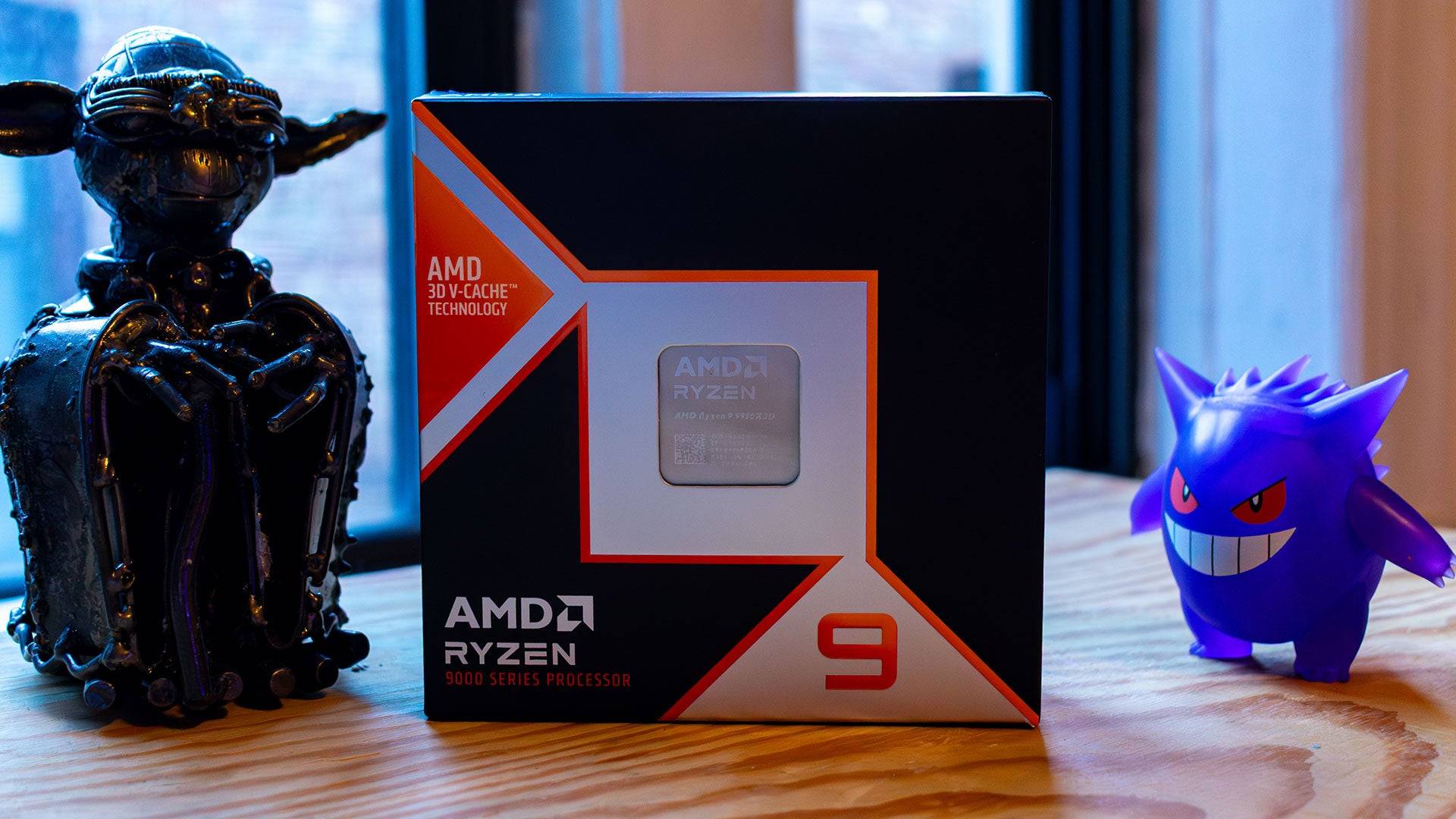 3 Images
3 Images
Specs and Features
The AMD Ryzen 9 9950X3D leverages the same Zen 5 cores as the regular 9950X, enhanced with the 2nd-generation 3D V-Cache technology seen in the Ryzen 7 9800X3D. This combination ensures outstanding multi-core performance while boosting gaming capabilities through an expansive cache.
A key difference from its predecessor, the Ryzen 9 7950X3D, is the placement of the 3D V-Cache. It's now located below the CPU cores, not above them. This seemingly minor adjustment significantly improves thermal performance. The Core Complex Die (CCD), which generates most of the CPU's heat, is closer to the Integrated Heat Spreader (IHS), facilitating better heat dissipation. Consequently, AMD's performance algorithm, which accounts for thermal headroom, enables the Ryzen 9 9950X3D to sustain higher speeds over longer periods.
The cache's new position isn't just about temperature management; it's also about reducing latency. With the cache directly under the CPU cores, data travels a shorter distance. Furthermore, the cache size has been increased, with the 9950X3D boasting a total of 144MB of combined L2 and L3 cache – identical to the previous Ryzen 9 7950X3D but far greater than that of any non-X3D processor.
Both the AMD Ryzen 9 9950X and 9950X3D share a 170W TDP, though the original 9950X has a higher potential PPT. In testing, both processors reached a peak power consumption of 200W. However, the 9950X3D maintained a lower peak temperature of 79°C during the test suite, albeit on a different cooler compared to the original 9950X.
Fortunately, the 9950X3D does not require a new chipset and is compatible with any AM5 AMD motherboard. AMD has confirmed support for this socket until at least 2027, ensuring users won't be left with an outdated platform.
AMD Ryzen 9 9950X3D – Benchmarks

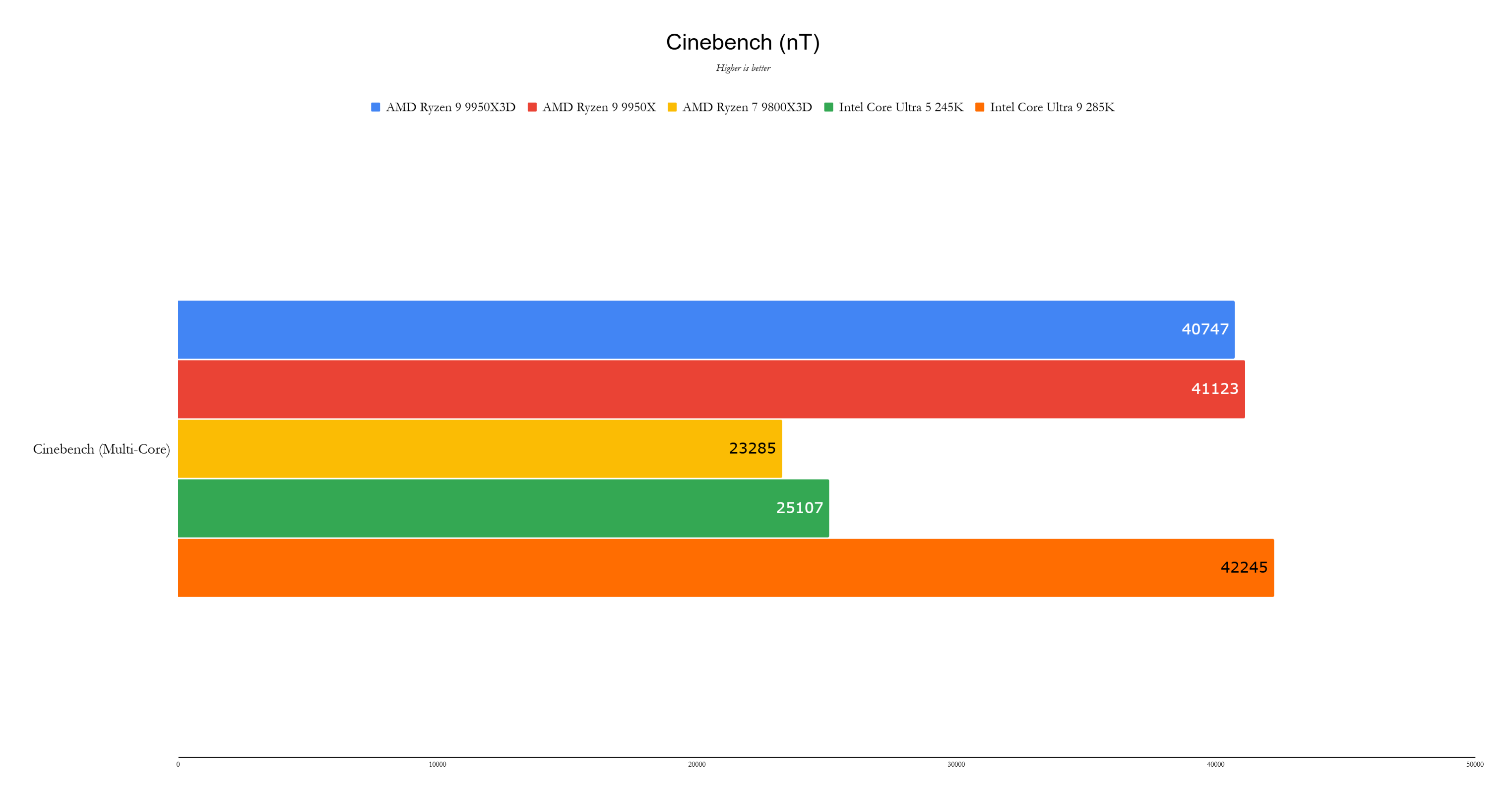 11 Images
11 Images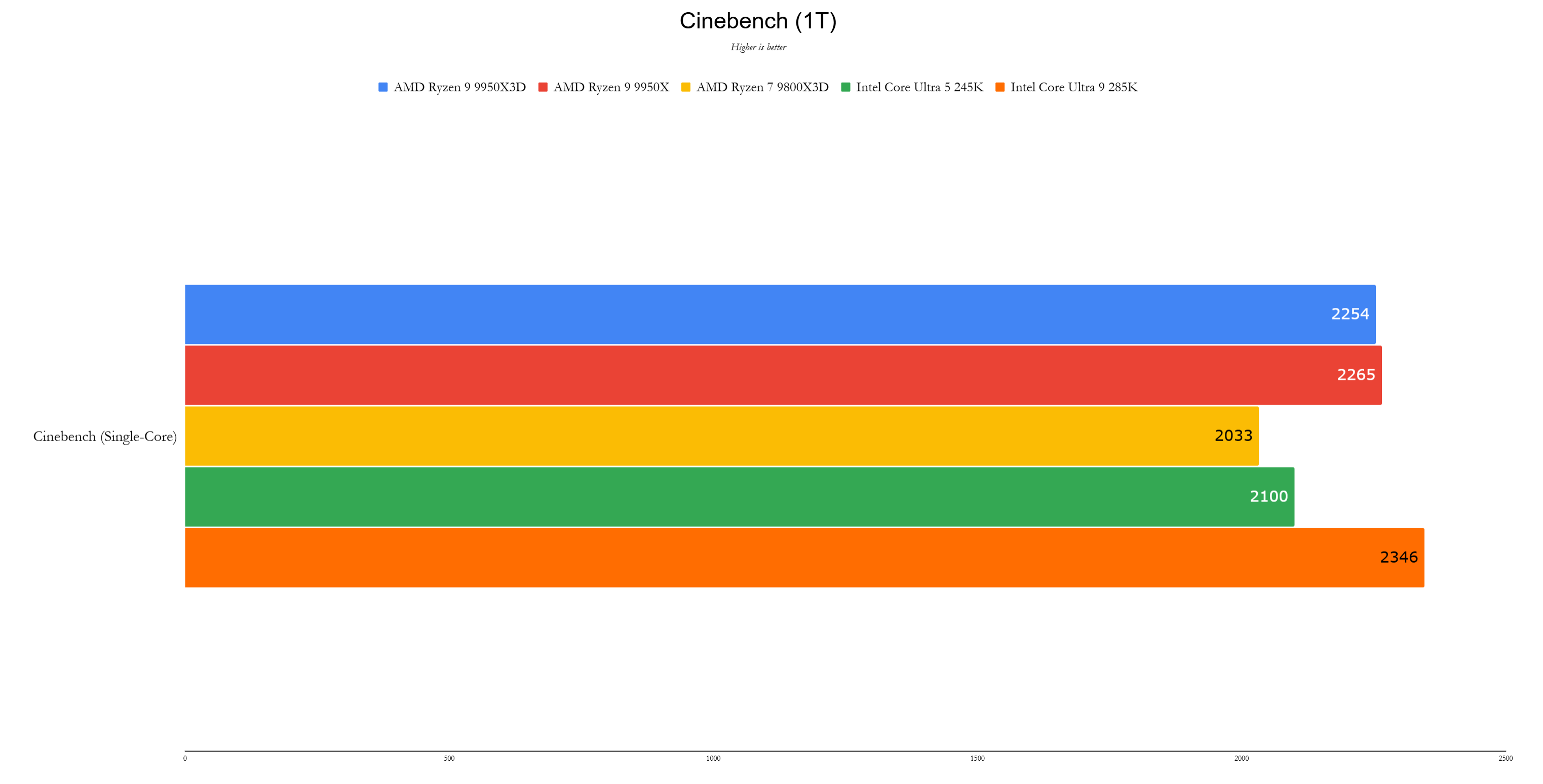

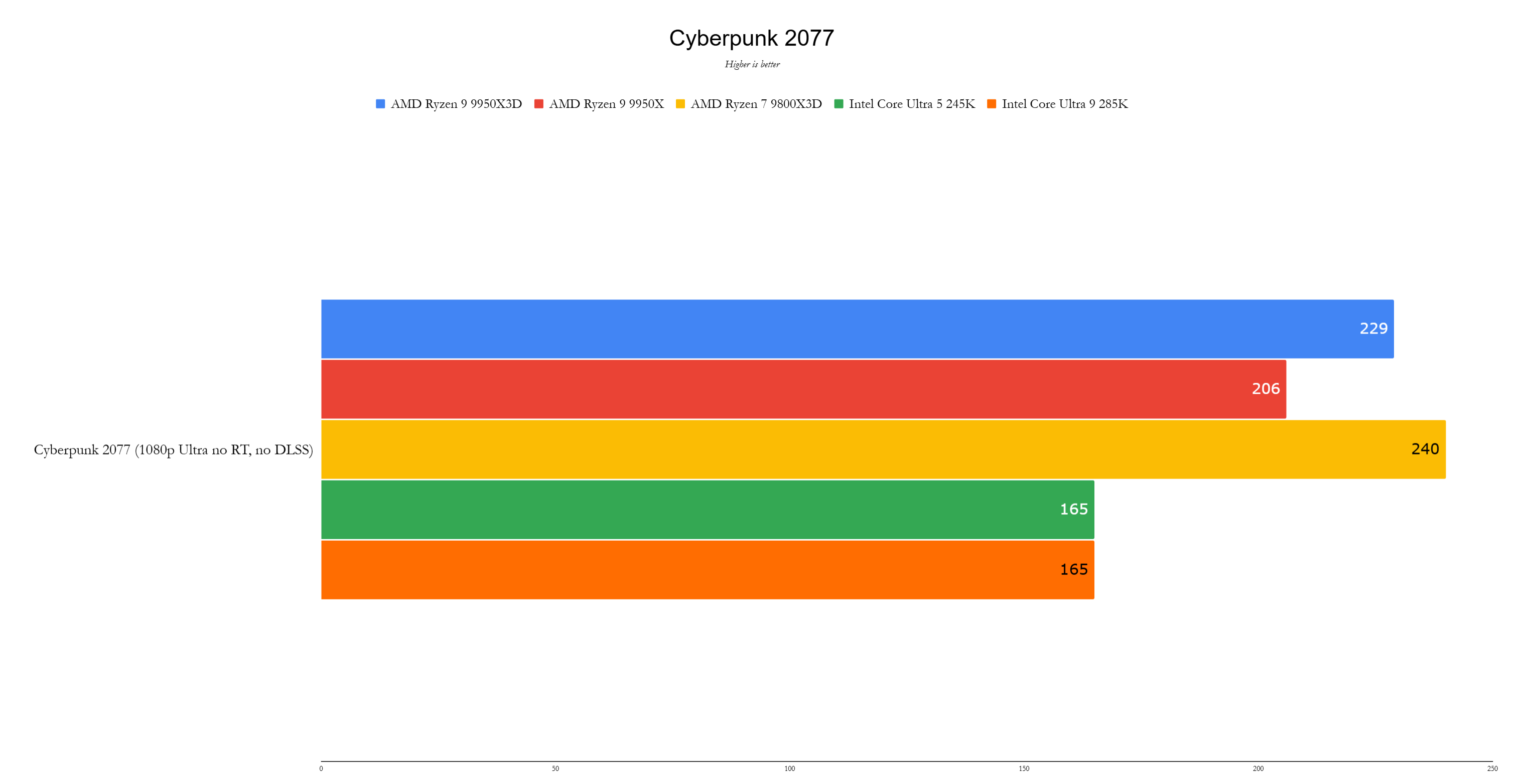

Performance
Before delving into performance results, it's important to mention that all CPUs were tested on the same hardware, with the exception of the Ryzen 9 9950X, which was evaluated on an Asus ROG Crosshair X670E Hero motherboard with a Corsair H170i 360mm AIO cooler. While this hardware difference may affect performance, it's unlikely to cause significant discrepancies, especially since all tests were conducted at stock settings.
AMD Test bench:
- GPU: Nvidia GeForce RTX 4090
- Motherboard: Asus ROG Crosshair X670E Hero; Asus ROG Crosshair X870E Hero (9800X3D)
- RAM: 32GB G.Skill Trident Z5 Neo @ 6,000MHz
- SSD: 1TB PNY CS3140 Gen4x4 NVMe SSD
- CPU Cooler: Asus ROG Ryujin III 360 ARGB Extreme
The variation in hardware occurred due to a mounting screw issue with the Asus ROG Ryujin III 360mm cooler during a swap to the 9950X. I plan to retest the processors in the coming weeks and will update this section if there are notable changes.
The AMD Ryzen 9 9950X3D, with its 16 cores, 32 threads, and a massive 144MB cache, is exceptionally powerful. It performs remarkably well even in creative benchmarks, where the 9800X3D lagged, easily competing with the top processors available.
Intel Test Bench:
- GPU: Nvidia GeForce RTX 4090
- Motherboard: Asus ROG Maximus Z890 Hero (200S); Asus Prime Z790-A (14th-Gen)
- RAM: 32GB Corsair Vengeance DDR5 @ 6,000MHz
- SSD: PNY CS3140 1TB Gen 4 x 4 NVMe SSD
- CPU Cooler: Asus ROG Ryujin III 360 ARGB Extreme
Surprisingly, the 9950X3D performs well against the 9800X3D in single-core workloads. In Cinebench 1T, the 9950X3D achieves 2,254 points compared to 2,033 points for the 9800X3D, marking a 10% improvement. In the 3DMark CPU Profile test, the 9950X3D scores 1,280 points, closely trailing the Intel Core Ultra 9 285K's 1,351 points.
In multi-threaded workloads, the Ryzen 9 9950X3D truly shines, achieving 40,747 points in Cinebench's multi-core test. While it falls slightly short of the 41,123 points from the 9950X and 42,245 points from the Intel Core Ultra 9 285K, the trade-off is justified by the enhanced gaming performance.
In gaming benchmarks, the 9950X3D excels in Total War: Warhammer 3 at 1080p with Ultra settings, reaching 274 fps when paired with the RTX 4090. This outperforms the 254 fps of the 9800X3D and 255 fps of the Core Ultra 9 285K. However, in Cyberpunk 2077 at 1080p with the Ultra preset and ray tracing disabled, the 9950X3D achieves 229 fps, down from the 240 fps of the 9800X3D, though it still surpasses the 165 fps of the competing Intel processor.
Overkill?
The AMD Ryzen 9 9950X3D may be the most powerful gaming processor currently available, but it doesn't automatically outclass every other chip on the market. For most users, the Ryzen 7 9800X3D, priced at a more affordable $479, will suffice.
The 9950X3D is best suited for gamers who also engage in creative applications like Photoshop and Premiere, where it offers a 15% performance boost over the 9800X3D. For those focused solely on gaming, it might be wiser to allocate the extra $220 towards a superior graphics card.
 Home
Home  Navigation
Navigation






 Latest Articles
Latest Articles

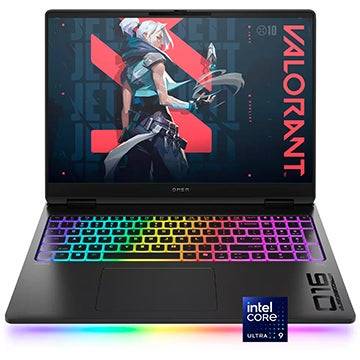








 Latest Games
Latest Games












